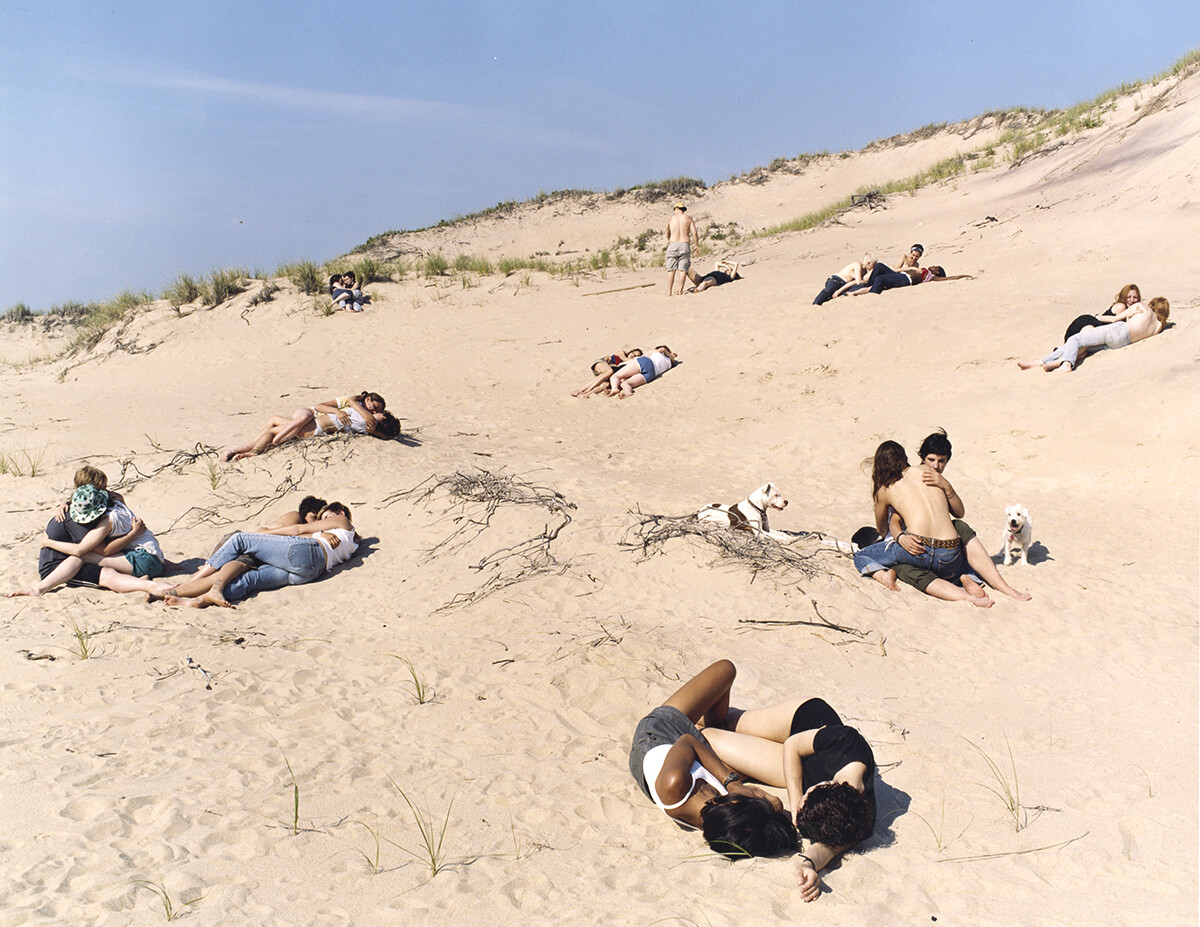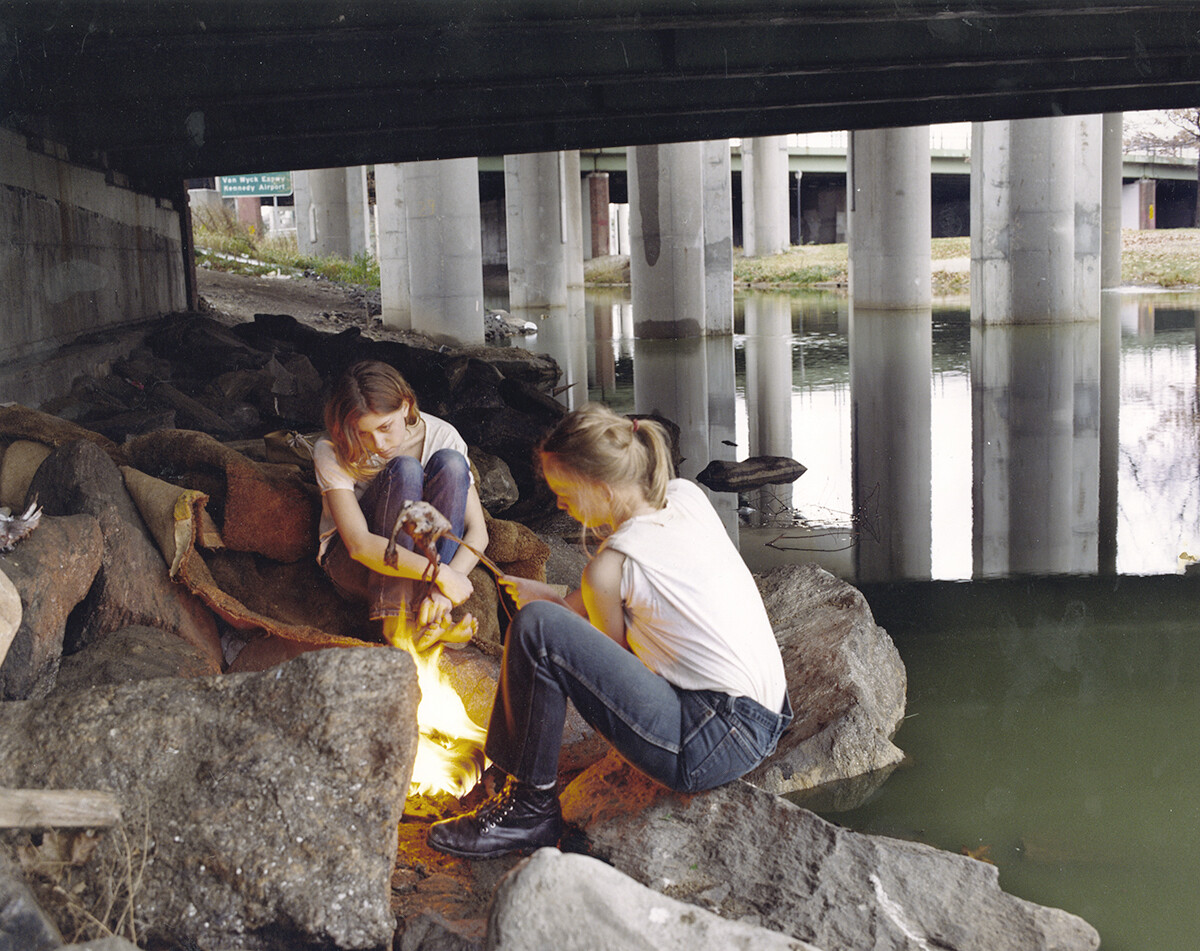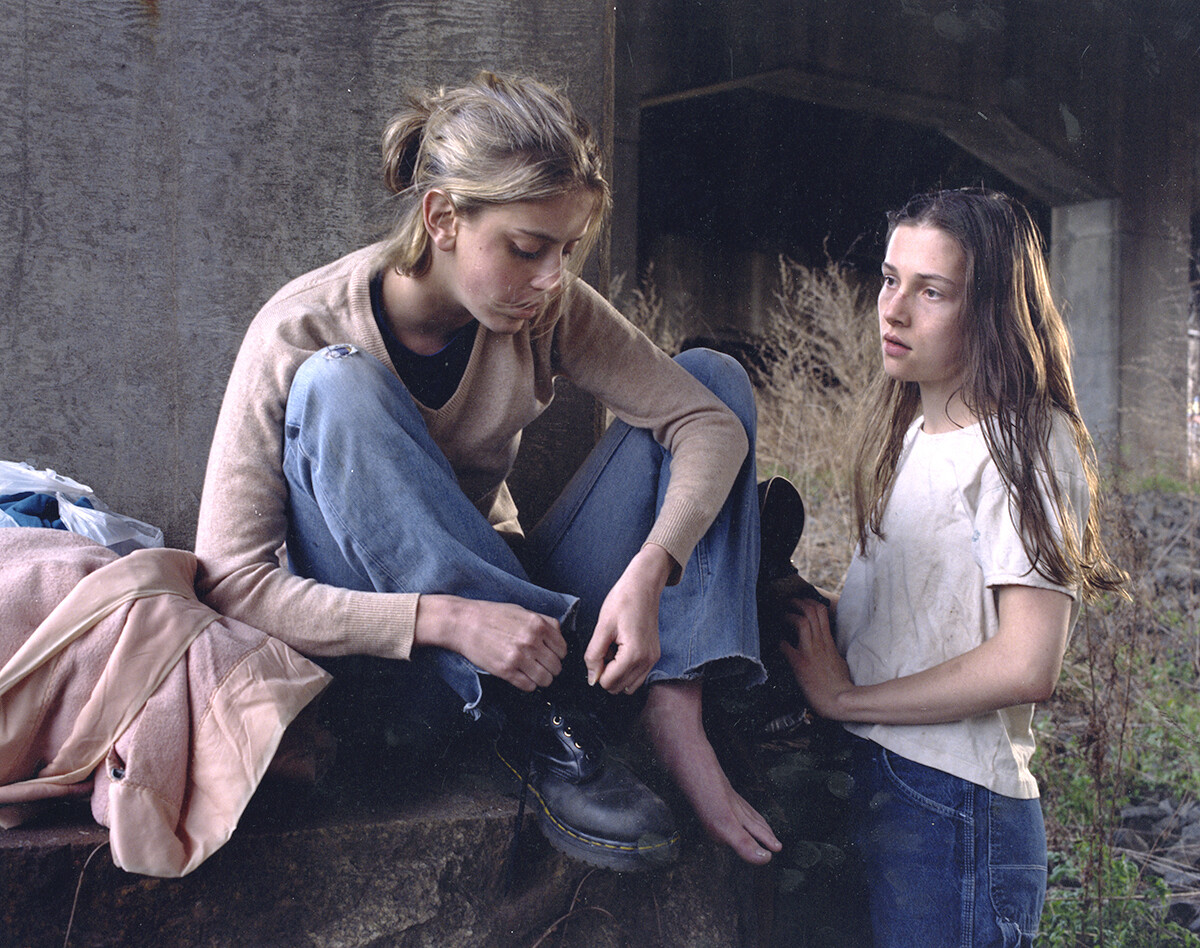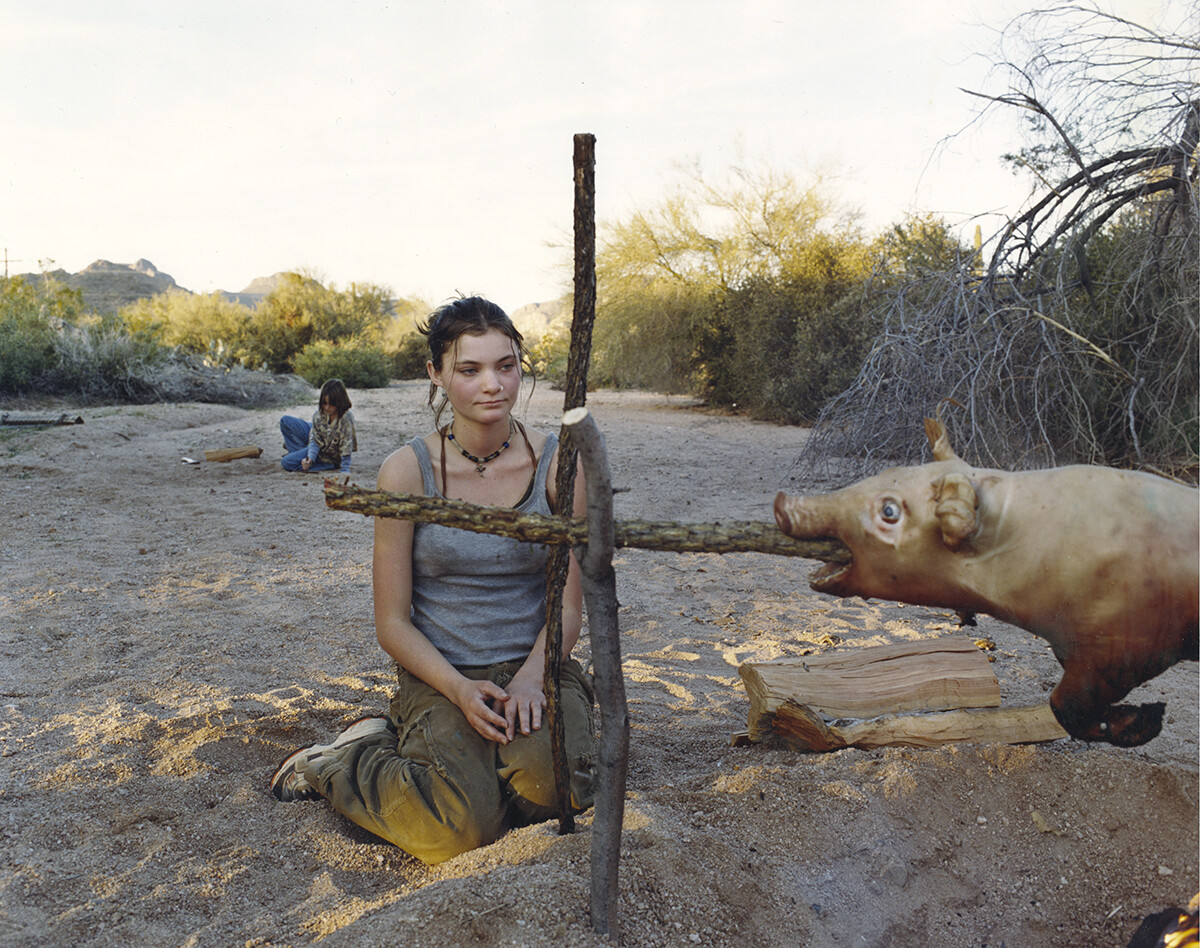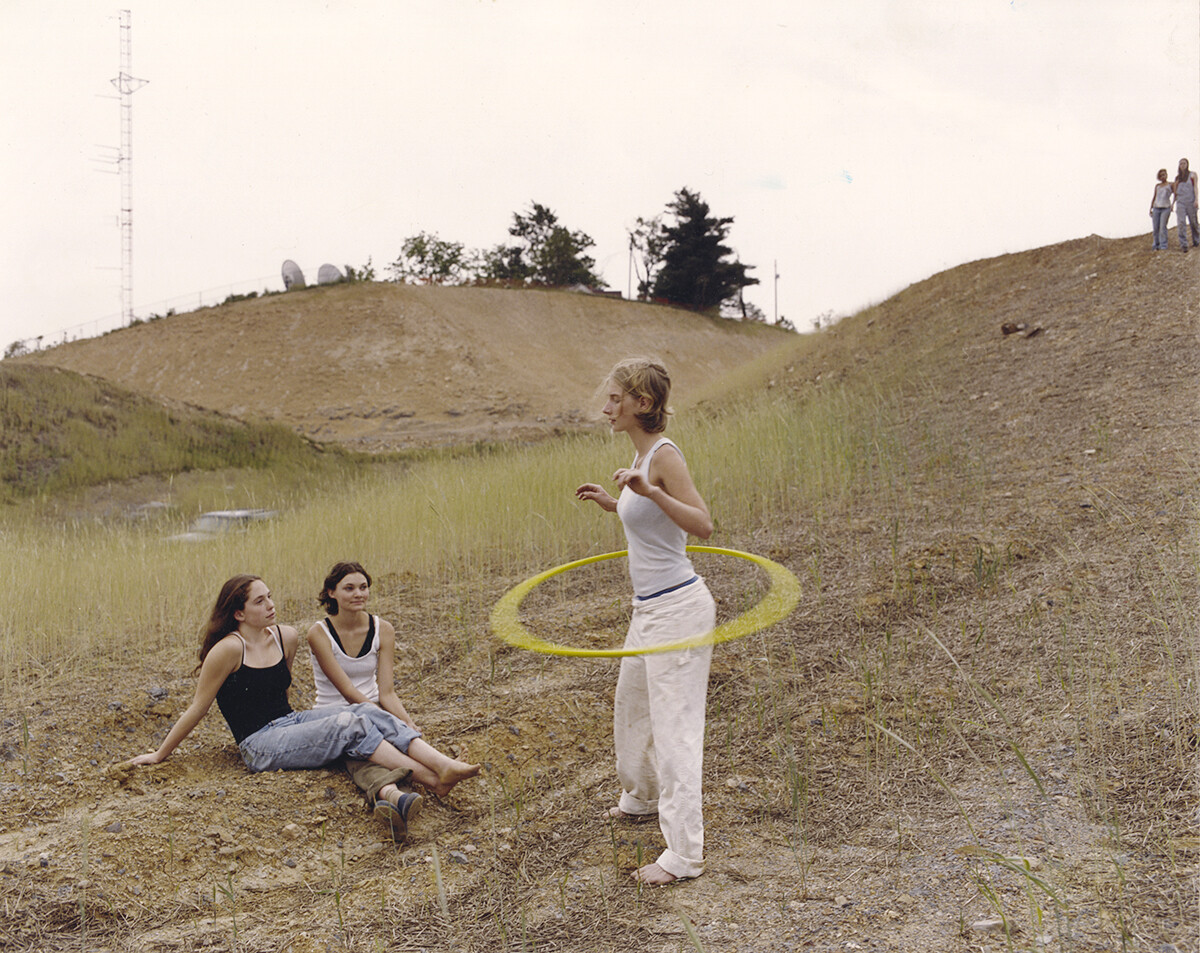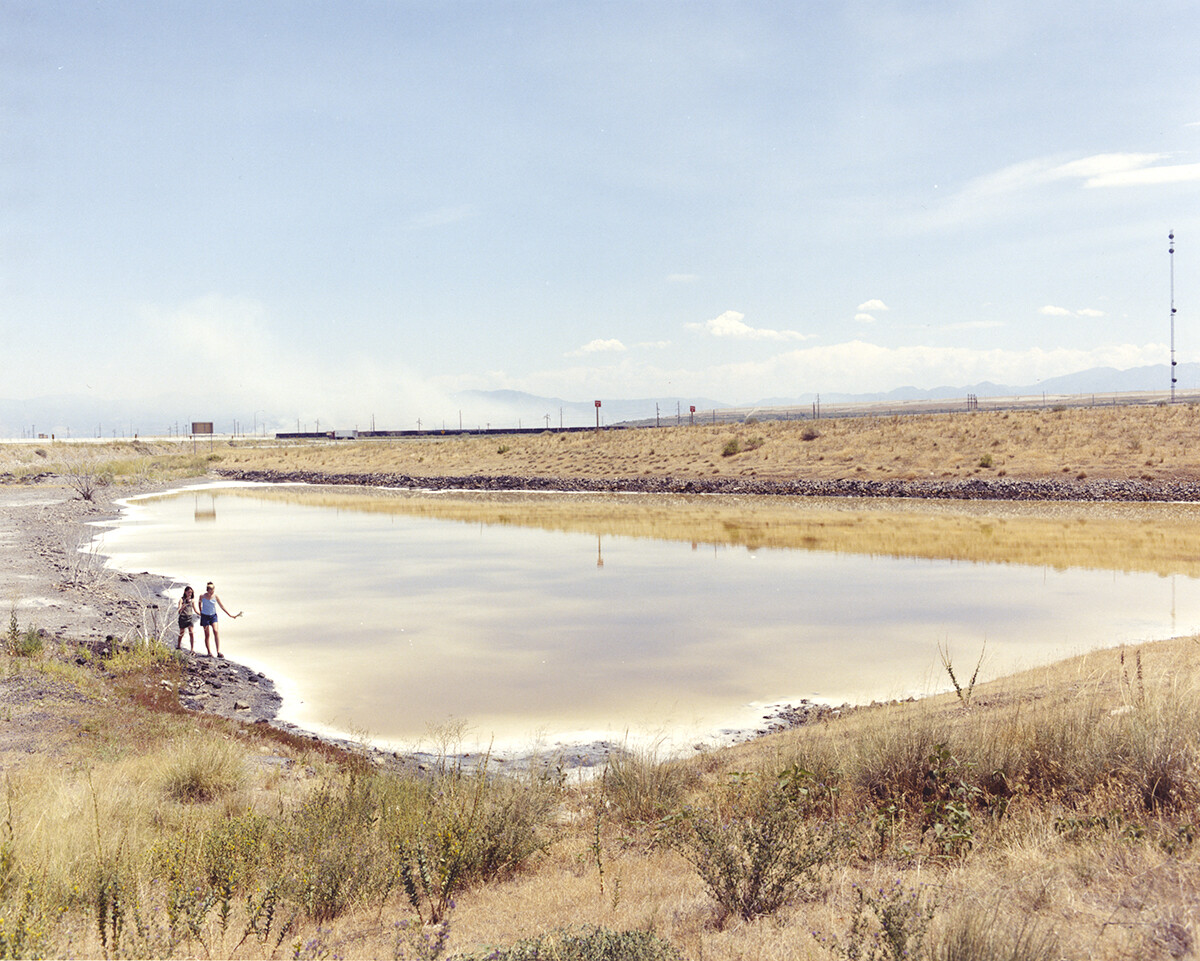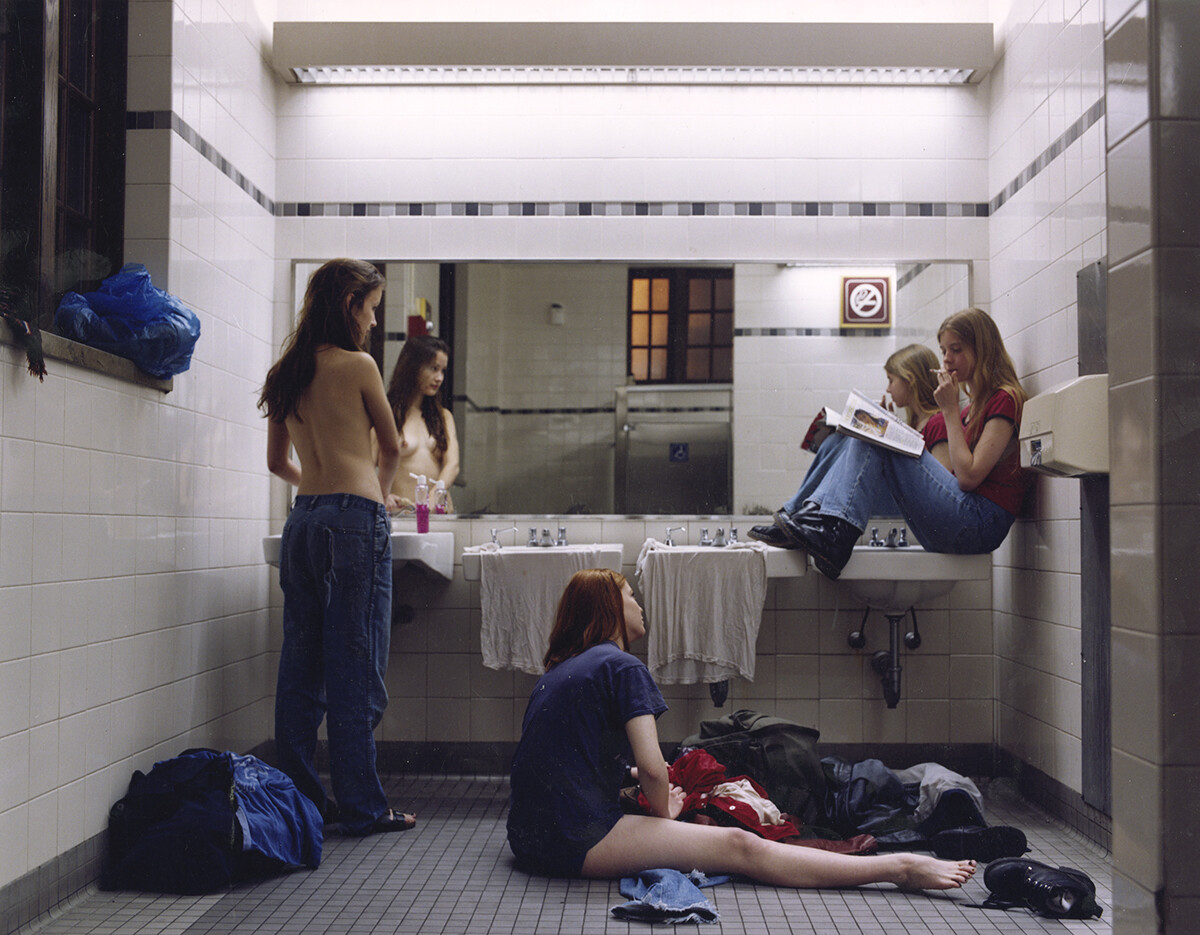What would a photographed utopia look like? While the origins of photography coincided with the birth of various nineteenth-century utopian schemes, human society has never seemed further from realizing them, in part due to developments in technology—including the production and distribution of images—that seek to solidify social surveillance and control.
Recent glimpses of utopia in still and moving images range from Joel Sternfeld’s collection of photographs Sweet Earth: Experimental Utopias in America (2006) to Wu Tsang’s 75-minute film Wildness (2012) documenting an LGBTQ+ bar in Los Angeles. Yet in these examples, and so many more, the viewer feels that a repressive society hovers outside the frame and that these idealized situations are ephemeral. Many of the planned communities in Sweet Earth struggle to survive or have been abandoned; Wildness features a weekly party that Tsang co-hosted for two years before various challenges addressed in the film forced its closing. Similarly, the world captured by Justine Kurland’s “Girl Pictures” series (1997–2002), gathered together in a new publication from Aperture Books, feels transitory in the freedoms that its usually small groups of young women experience across the United States.
Although a few of the earliest images were taken in New York City, Kurland convinced most of her subjects to drive with her to rural parts of New York and Connecticut before her project eventually took her to the Intermontane West, California, and the American South. One of the most striking qualities of these photographs is how unmediated by commercial culture their relationships are, however artificially created by Kurland’s staged idylls. In groups ranging from two to almost twenty, these girls relax, frolic, and rampage deep in the woods and desert, as well as alongside highways and abandoned buildings. Their clothes, hands, and feet are frequently pictured soiled. Kurland’s photographs almost innocently reveal that utopia will never be created by the efficiencies that current technologies promise. Instead, it may be created by the unshackling of desire from the commodity form—which in the couple decades since these photographs were taken has been extended to the profitization of time itself, where even the spaces between things are made available for purchase as images, experiences, and simulacra.
As the target demographic for both advertising and culture becomes younger, Kurland’s images don’t aim to sell a body or an identity. Rather, these images depict the subject as fluid and nomadic. In this regard, the photographs themselves partly freeze and commodify these subjects in being sold as prints or, now, existing in book form. Yet these images remain powerful—non-nostalgically, I think—because they hark back to a period in the late 1990s and early 2000s just before everything became simultaneously for sale and subject to tracking, a situation created by the triumph of economic globalization and, more importantly, by the rise of the internet and its ever stickier web of surveillance in the service of commerce and policing after 9/11.
Metaphorically—and to a certain degree literally—Kurland’s images look and feel as if they are from the last moment in US history when one could both get away and not be sold back to oneself. The elusiveness of Kurland’s girls was also inspired, as she writes in an essay at the end of Girl Pictures, by runaways and renegades. So much in these images is just on the cusp: of womanhood, of homoeroticism, of danger, of death, of becoming feral (or domesticated). Shelters, whether makeshift tents or abandoned cars, are temporary. These are strands Kurland continued to pursue when she drove around the United States in a customized van with her young son between 2004 and 2016 photographing trains, transients, and people and places existing on the economic, geographic, and cultural margins. (Before that, she spent a year taking photographs at agrarian communes.) But for her “Girl Pictures” series, establishing community is as important as fleeing it, and the connections between the young women in the photographs are as crucial as the frequently idyllic settings in which they occur.
One of the most striking images in the book, and one of the few to feature a nonwhite figure, is also its most dystopian. It is sequenced as the final photograph, perhaps commenting on the failure of the dream Girl Pictures proposes. Just prior to it is one of the book’s most Edenic images. The sequencing here is provocative, commenting on the ongoing threats to nonwhite bodies as well as perhaps reflecting on the overall absence of them in the series. This last photograph, Forest Fire (2000), frames a young woman dressed in black walking through a scorched landscape as small conflagrations flare behind her, while the penultimate one, Orchard (1998), presents seven girls in a seemingly wild patch of fruit trees: one braids another’s hair; one watches another undress; and two recline in the wide limbs of a tree. In the foreground a young woman rests on her back luxuriating in the whole scene. A number of Kurland’s photographs contain a single figure surveying or apart from the tableaux, possibly as a stand-in for Kurland’s desire both to observe and participate in the small, autonomous communities she conjures. At the same time, implicit to these female groupings is the patriarchal and commercial society they seek to escape.
While Kurland’s staging of these scenes owes much to the influence of Gregory Crewdson, one of her teachers at Yale, she introduces both a scruffiness and less static composition that echoes her girls on the run. Bathers (1998) presents six girls in a deep depth of field completely at ease at a waterhole (partly, one imagines, because of the lack of boys), while Poison Ivy (1999) shows two other girls sitting in front of a pond pulling leeches off their bodies with a slightly blurrier background. Like most of the images in the book, these are printed over facing pages. A handful exist on their own page. Kurland’s photographs might be beautiful, but most of the girls are meant to look unkempt—and now a world away from the glossy self-imaging of social media with its post or perish ethos. Ecstasy (1999) captures from the back a girl standing on a rock behind a wire fence wearing a navy blue hooded sweatshirt and dirty underwear. The exhilaration in the title signals a defiance of the norms these “girls” are expected to adopt as “women.” Kurland’s body of work, then and since, has been about refusing this submission and conventionality, however tenuously, and sometimes at a cost.
“Girl Pictures” by Justine Kurland was published by Aperture Books on May 26, 2020. A selection of work from the series is included in an online viewing room at Mitchell-Innes & Nash, New York to May 31.
